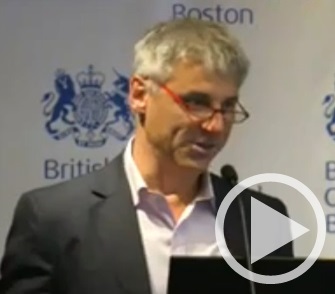Your basket is currently empty!
Drug immunogenicity: Lessons learnt from interferon-beta

Interferon beta (IFNb) has been used in the treatment of MS for 20 years. There are three different recombinant preparations available. IFNb-1a is identical to the human form (produced in Chinese hamster ovaries) and IFNb-1b is different to humans lacking an amino acid (AA), containing one AA substitution, and lacking glycosilation. Of the two IFNb-1a preparations one is applied subcutaneously and one intramuscularly. On top of that, the formulations are different and the degree of aggregation varies, with the i.m. IFNb-1a showing almost no aggregation in contrast to the other product containing relatively high proportions of drug aggregates. Not surprisingly the frequency of anti-drug antibodies (ADA) differs substantially between these preparations with a range of 50% to almost 100% on the total ADA level and 5% to 40% on a neutralizing antibody (NAB) level. One of the questions arising is whether neutralization of IFNb simply depends on the total ADA titers or if it depends also on other factors. In fact it turned out that interferon antibodies in NAB positive patients undergo affinity maturation, show differences in epitope recognition as compared to patients without NAB, and IgG2 and 4 subtypes predominate in NAB positive samples. Overall, there is a good correlation between total ADA and NAB titers, but there is a weak correlation in low to intermediate NAB titer ranges, and a strong correlation in high NAB titer patients. Taken together, various factors contribute to neutralization of IFNb which cannot be explained merely by the amount of total ADA. This is supported by the observation that some patients with low ADA titers display a high degree of IFNb neutralization and vice versa
